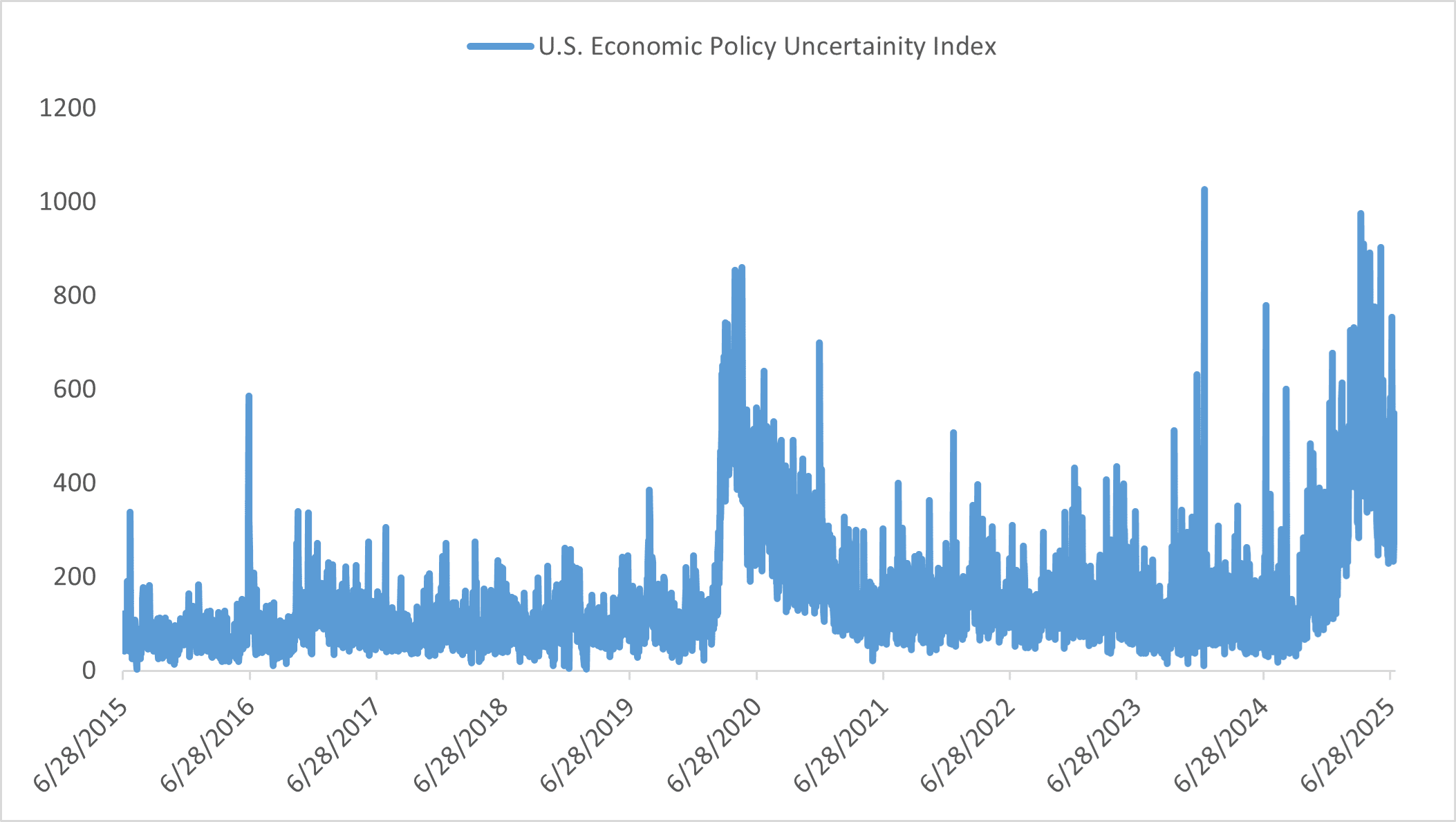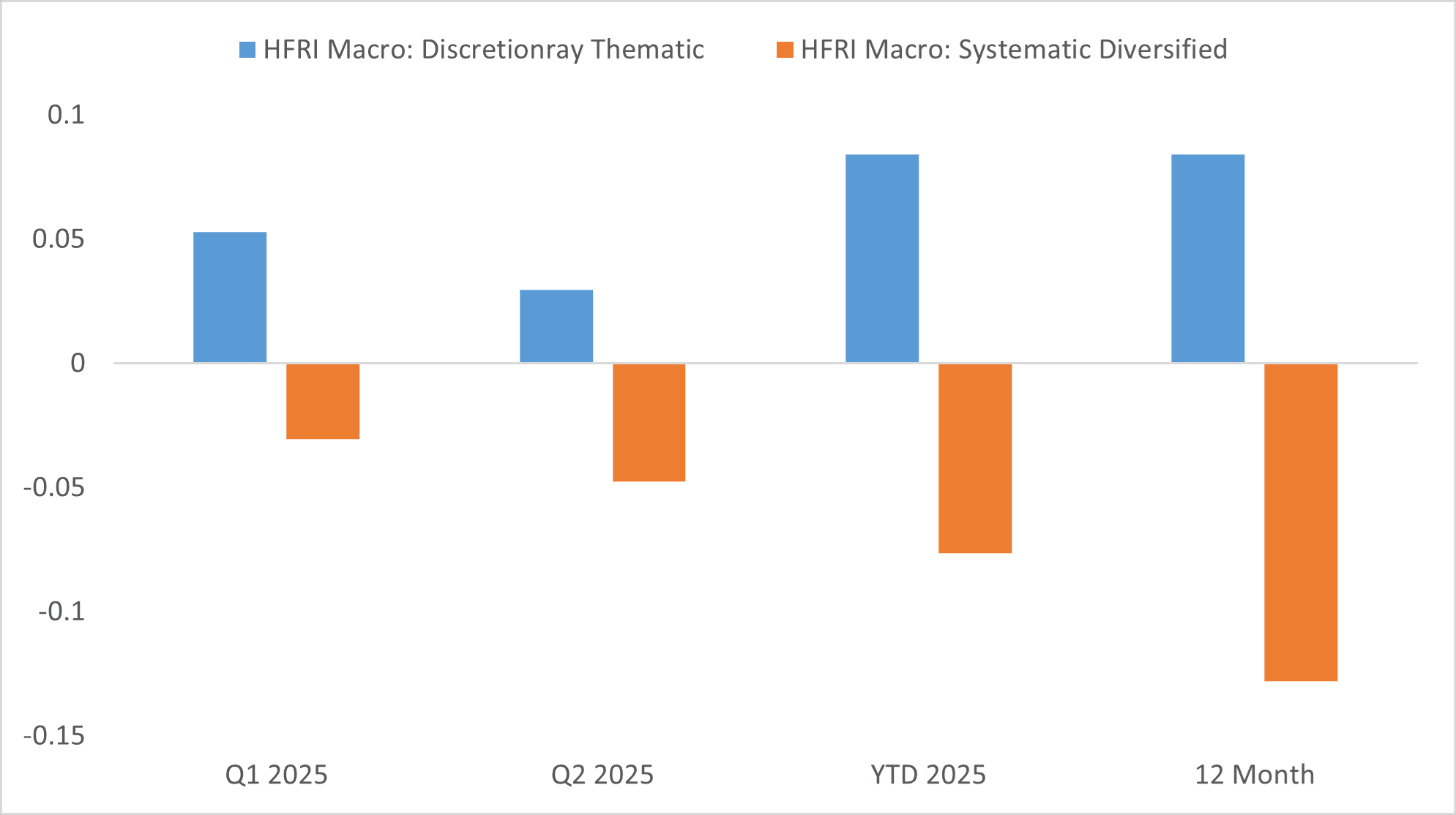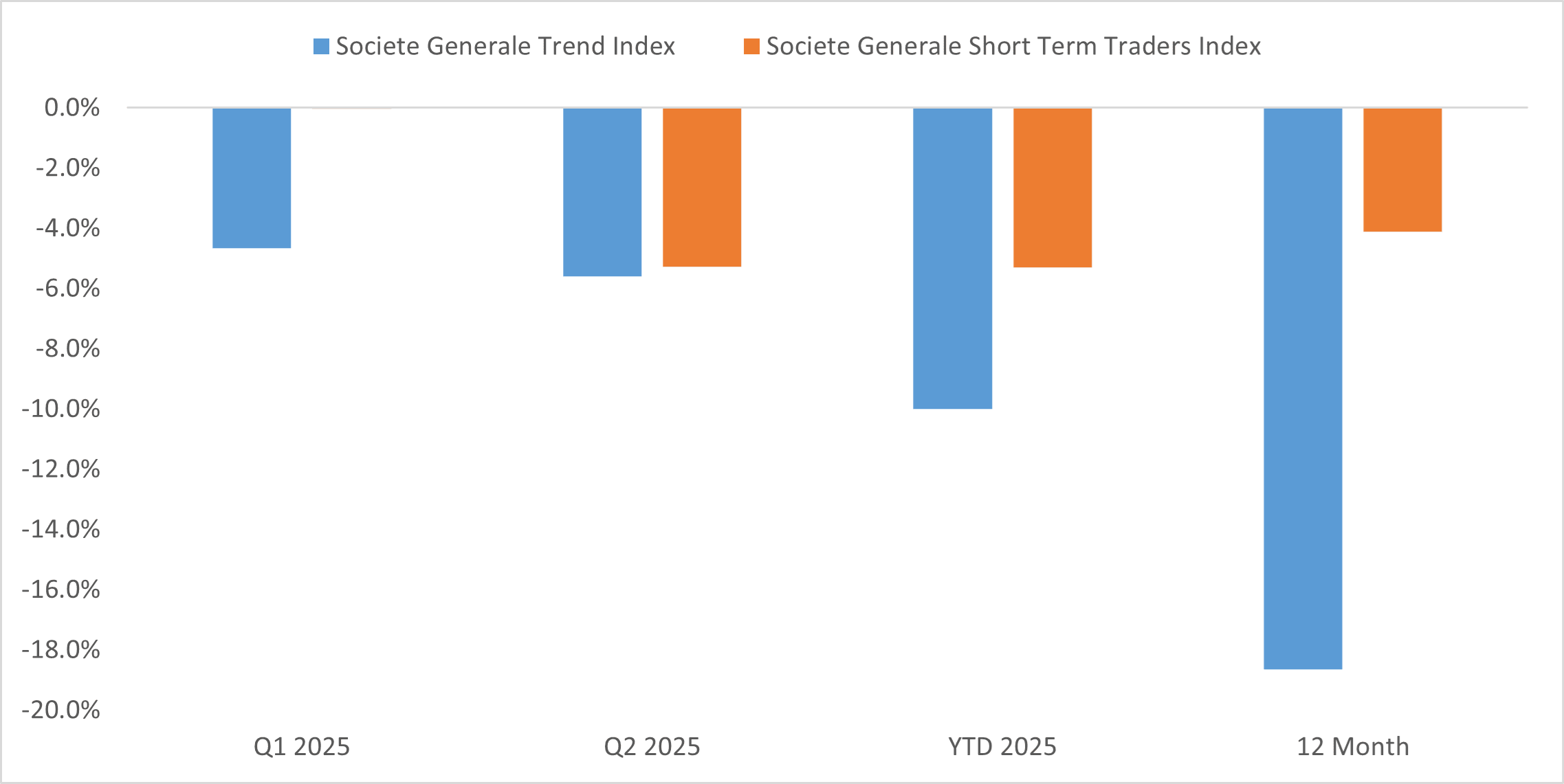Gold tops $4,500, Japan stabilizes, U.S. data in focus— what’s moving markets
In the first half of 2025, several key market forces we identified at the start of the year — rising uncertainties tied to the new U.S. administration’s policy shifts, increased market volatility, and the testing of elevated U.S. equity valuations — began to take shape. As such, broadening portfolio diversification beyond the traditional 60/40 framework was crucial for effectively navigating the shifting market environment.
Looking ahead, we anticipate continued bouts of broad market volatility and varied performance within and across asset classes. While the current administration appears willing to work with international partners, uncertainty surrounding tariff policy is likely to persist. Prospects for deregulation and lower taxes remain, but quantifying their ability to offset tariff-related impacts will be challenging, given the true economic effects are not yet clear.
Meanwhile, escalating geopolitical tensions and mixed economic data are expected to complicate the Federal Reserve’s (Fed) decision-making process, limiting the likelihood of a clear path forward. Considering these factors, we encourage investors to diversify their portfolios with alternative strategies that could help enhance portfolio stability in periods of uncertainty.
Policy Uncertainty to Remain High

Source: LPL Research, Bloomberg 07/13/25
The first half of the year was quite conducive for equity market-neutral strategies, and we expect this environment to continue. Although tariff concerns briefly pushed the U.S. equity market near bear territory, it quickly rebounded to record highs following a temporary pause in tariff enforcement. However, tariff negotiations remain unresolved, with potential legal challenges adding further uncertainty. While deregulation and favorable tax policies could offer some support, elevated U.S. equity valuations — requiring higher earnings multiples amid slowing growth and shifting policies — reinforce our view that market-neutral strategies can continue to perform well and add value to portfolios.
For diversifying strategies such as global macro and managed futures, we came into the year holding a constructive view on subsets of each strategy, namely nimble discretionary macro with broad geographic coverage within global macro and diversification away from core sector-concentrated trend followers within managed futures.
Looking ahead for the remainder of the year, as we expect the macro and market conditions to be an extension of what we’ve experienced during the first half of the year, we hold the same view for discretionary macro managers. For managed futures, trend followers spent the first five months shifting their positions and now carry lighter and more balanced exposure. That said, with the expectation of whipsawing markets, we encourage investors to continue to hold a diversified book of sub-strategies.
Discretionary Macro (BCBA:BMAm) Reacts Better in Whipsawing Market

Source: LPL Research, Bloomberg, HFR, SG
Strong Market Reversals Challenged Trend Followers
This bar graph provides the performance of the Societe Generale Trend Index and the Societe Generale Short Term Traders Index over Q1 2025, Q2 2025, YTD 2025, and a 12-month period.

Source: LPL Research, Bloomberg, HFR 05/31/25
***
Important Disclosures
This material is for general information only and is not intended to provide specific advice or recommendations for any individual. There is no assurance that the views or strategies discussed are suitable for all investors. To determine which investment(s) may be appropriate for you, please consult your financial professional prior to investing.
There is no guarantee that a diversified portfolio will enhance overall returns or outperform a non-diversified portfolio. Diversification does not protect against market risk. Asset allocation does not ensure a profit or protect against a loss.
